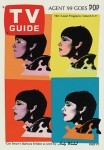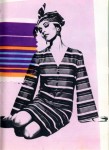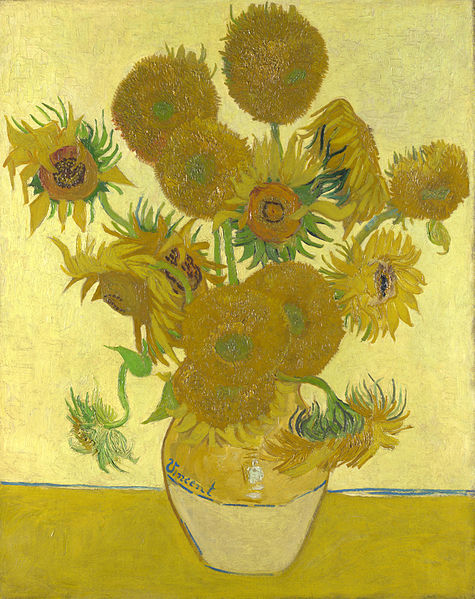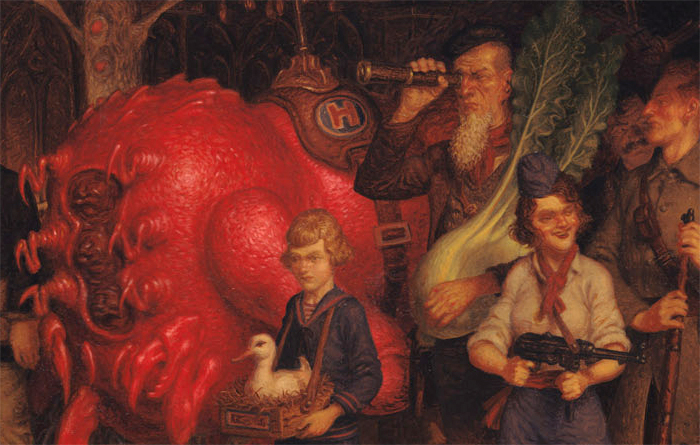You know when you go see a show at a museum and they have those awesome large-format glossy exhibition catalogues in the gift shop that (if you are like me) you wish you could afford? Well, the Metropolitan Museum of Art in New York has a resource that may soothe the sting somewhat – they have put all their publications since 1964 online. That’s right, all of the last 49 years’ worth including out-of-print works, and they plan to add to the collection. How much to access this resource? Nothing. It’s free.
The site itself is attractive and easy to use, and has robust search functionality. To improve user experience, there are also browsing galleries that allow you to check out the different categories of publication in a more visual format like… oh, shopping at that Museum gift shop I mentioned earlier.
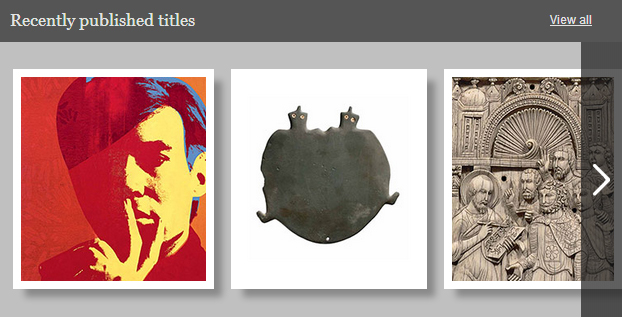
(New York, October 11, 2012)—The Metropolitan Museum of Art today launchedMetPublications, a major online resource that offers unparalleled in-depth access to the Museum’s renowned print and online publications, covering art, art history, archaeology, conservation, and collecting. Beginning with nearly 650 titles published from 1964 to the present, this new addition to the Met’s website, www.metmuseum.org/metpublications, will continue to expand and could eventually offer access to nearly all books, Bulletins, andJournals published by the Metropolitan Museum since its founding in 1870, as well as online publications.
– metmuseum.org
I know I mentioned the search functionality, but it bears expanding on – the publications are searchable, indexed, & cross-linked with the Met’s art collection. You can search by category (like African Art, Central Africa or European Art in the 19th century), by title, by author, by keyword, department, format, or publication type. They even have a deal with the Yale University Press to print out-of-print catalogues on demand. This is such an amazing resource that you really just need to go to MetPublications and check it out for yourself.
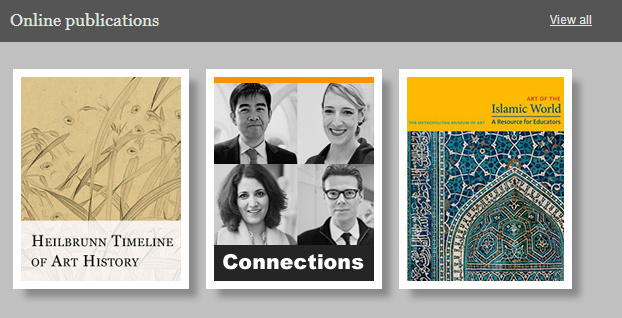
It’s rather appalling that this resource has existed since October 11 of last year and I’ve only heard about it now. They even have the catalogue for the current exhibition for those of us who won’t be able to visit NYC for ourselves while the show is on.
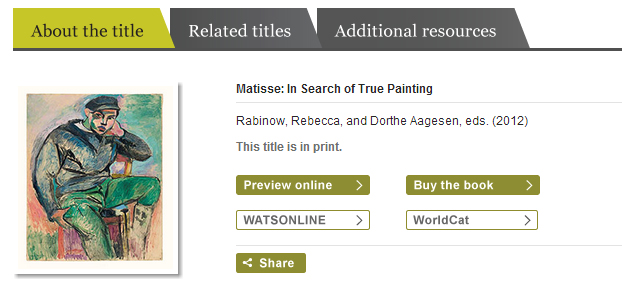
Although I usually write about art from the perspective of an artist or a viewer, there is a lot to be learned from looking at art from the perspective of an archivist. While looking through the “news roundup” feature on Arrested Motion, I saw a couple of very interesting stories related to archival concerns.
First up, from the Independent – it would appear that LED light is damaging Van Gogh’s sunflower paintings.
Scientists have discovered that the bright-yellow pigment featured in several famous artworks becomes unstable under LED lights and, over time, turns a shade of brownish green. A sample of 14 works from the period between 1887 and 1890 were tested for the reaction which affects the oil paint colour known as chrome yellow. It was favoured by 19th-century artists and has been found in important works by Paul Cézanne and Paul Gauguin. …LED lighting has become an increasingly popular choice with art institutions in recent years as an energy-efficient alternative to fluorescent light bulbs. It was also thought to provide better protection for pictures by avoiding the harm caused by the effects of natural light and other forms of illumination.
But a series of experiments provoked by art curators’ growing fears that a number of their masterpieces were darkening in colour has suggested that some types of LED lights may be to blame for the damage.
Basically the pigment lead chromate that was used to make chrome yellow, a popular choice in the late 19th century turns out to be more unstable than was previously thought. Consider this badly discoloured 1888 painting owned by the National Gallery in London, England…
…and now take a look at this painting, also from 1888, owned by Neue Pinakothek in Munich.
This is not the first of Van Gogh’s works to undergo radical colour transformation. Many of his paintings used a vivid pink, Geranium Lake, that has since faded to a light grey. The Van Gogh Museum discusses restoring these works in some detail.
In more recent art news, when Hurricane Sandy pummeled New York this past October, huge amounts of damage were caused to the low-lying areas of Manhattan, including the Chelsea district – which happens to also be home to many of Manhattan’s galleries. Printed Matter, a West Chelsea non-profit art bookstore was one of them. Here’s a snippet from a very interesting interview from npr.org.
KALISH: When Senior learned that Printed Matter’s archive was under water after the hurricane, he rode his bicycle into Manhattan from Queens and helped clean out the store’s basement. He was part of a small army of volunteers in the days following Sandy that boxed up what might be salvaged.
Twenty of those boxes are now with a disaster restoration company called Polygon. First, they were frozen, then sent to the Boston area and placed inside a vacuum freeze dried chamber. Summer Street is with Polygon’s document recovery division.
SUMMER STREET: We put in the frozen materials. And once we close the chamber, we have a vacuum pump that actually brings down the atmospheric pressure. And in that process, the solid water will actually skip the wet phase and turn right into a vapor. It would not be something anyone would ever want to experience.
KALISH: Street says that because Printed Matter’s archive was frozen so soon after being soaked, it has an excellent chance of being salvaged. This is costing thousands of dollars, but a couple of foundations have awarded grants for the archive restoration. The bookstore is now faced with finding an alternative to its basement for storage. Not easy in the gentrified Chelsea neighborhood, says Printed Matter’s James Jenkin.
It’s pretty amazing that this kind of restoration process exists. Some days I feel like I’m in a science fiction novel. If you would like to read more about Hurricane Sandy’s impact on the art world, I recommend this article from the New York Times.
Looking around on various blogs on a quiet Saturday afternoon, I found a couple of great things I’d like to share – an interview with Kid Zoom, and a video of Sueme painting in various European locations last summer.
First, via the ever-wonderful street art blog, vandalog, complex.com has an article entitled How To Make It: 10 Rules For Success From Street Artists. The first interview is with Kid Zoom, an Australian-born artist who now lives and works in NYC. His rule for success as a street artist is quite simple: Don’t be a street artist.
“Theres that great quote floating around the web attributed to Robert Downey Jr., ‘Listen, smile, agree, and then do whatever the fuck you were gonna do anyway.’
Be an artist. Artists have always been working on the streets and in public, but ‘street art’ is a relatively new term. Before that, it was called Art Intervention, Guerrilla Art, Detournement, Graffiti, Vandalism, Protest Art, etc. I’d argue that most of the great street artists dont really consider what they do street art exactly; or if they do, they see it as only a component of what they do as an artist (or activist).
Read the full interview here: Kid Zoom – Rule: Don’t be a street artist
Pretty inspirational, right? This advice easily applies to any art discipline. Don’t let other people define your work as an artist or even worse, struggle to stay within the confines of a label. I definitely agree and try to keep that in mind, especially when I start worrying about my own work. Make what you want to make, damn the torpedoes.
For those of you unfamiliar with Kid Zoom’s work, here’s a taster – an installation he did based on his childhood home. More of his work can be seen on his website.
Now, for the second part … via Juxtapoz, Scott Sueme is a Canadian artist born in Calgary, Alberta, who now lives in Vancouver, British Columbia. Last summer he went to Europe and, well, made this video so that our minds could be blown. Thanks, Sueme! This guy’s work is so tight it’s nuts.
More of Kid Zoom’s work can be seen on his website, and Scott Sueme has his own website, too.
I’ve mentioned Peter Ferguson before but just as a refresher, he is a is a mind-bogglingly talented Montreal artist that I have the good fortune to count amongst my friends. Ferguson has worked as an illustrator and artist for many years, and has done work for pretty much every Canadian magazine an illustrator could hope to work for and a slew of heavy-hitter international publications, plus a Marvel comic, plus book illustration, plus gallery shows, et cetera and soforth. In March he will be returning to Roq La Rue Gallery in Seattle and in advance of the show the gallery has released a sneak peek at some of the work he will be showing.
Ladies and gentleman, I present “The Opening Salvo of the Duck War”.
I mean, really. This piece is amazing. If your mind is insufficiently blown, here’s a detail view:
If you’re lucky enough to be in Seattle in March, I strongly recommend visiting this show. If you’re interested in seeing some more of his work, Ferguson is represented as an illustrator by Three In A Box, and more of his work can be seen on his website. Of course there’s also an earlier post on this blog.



